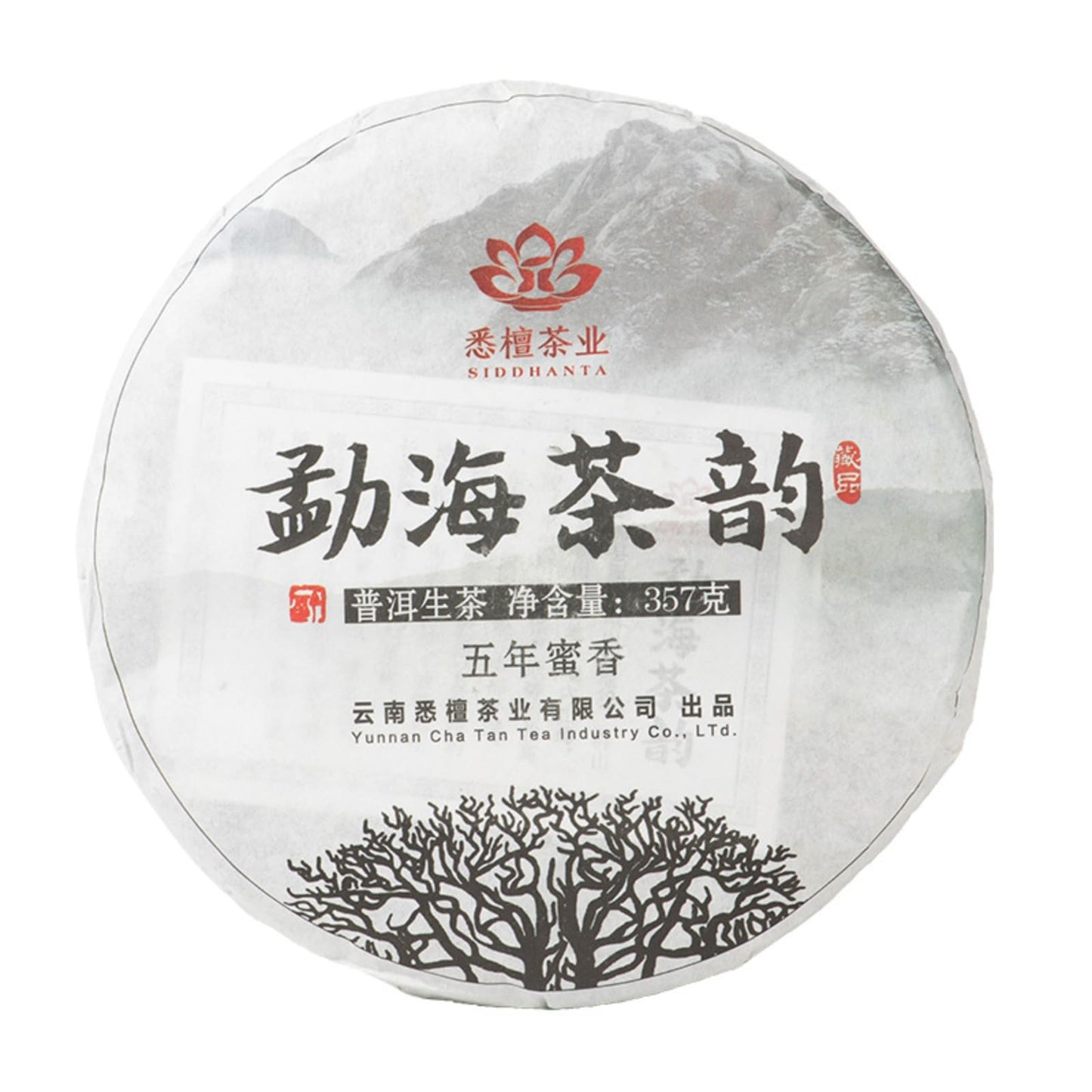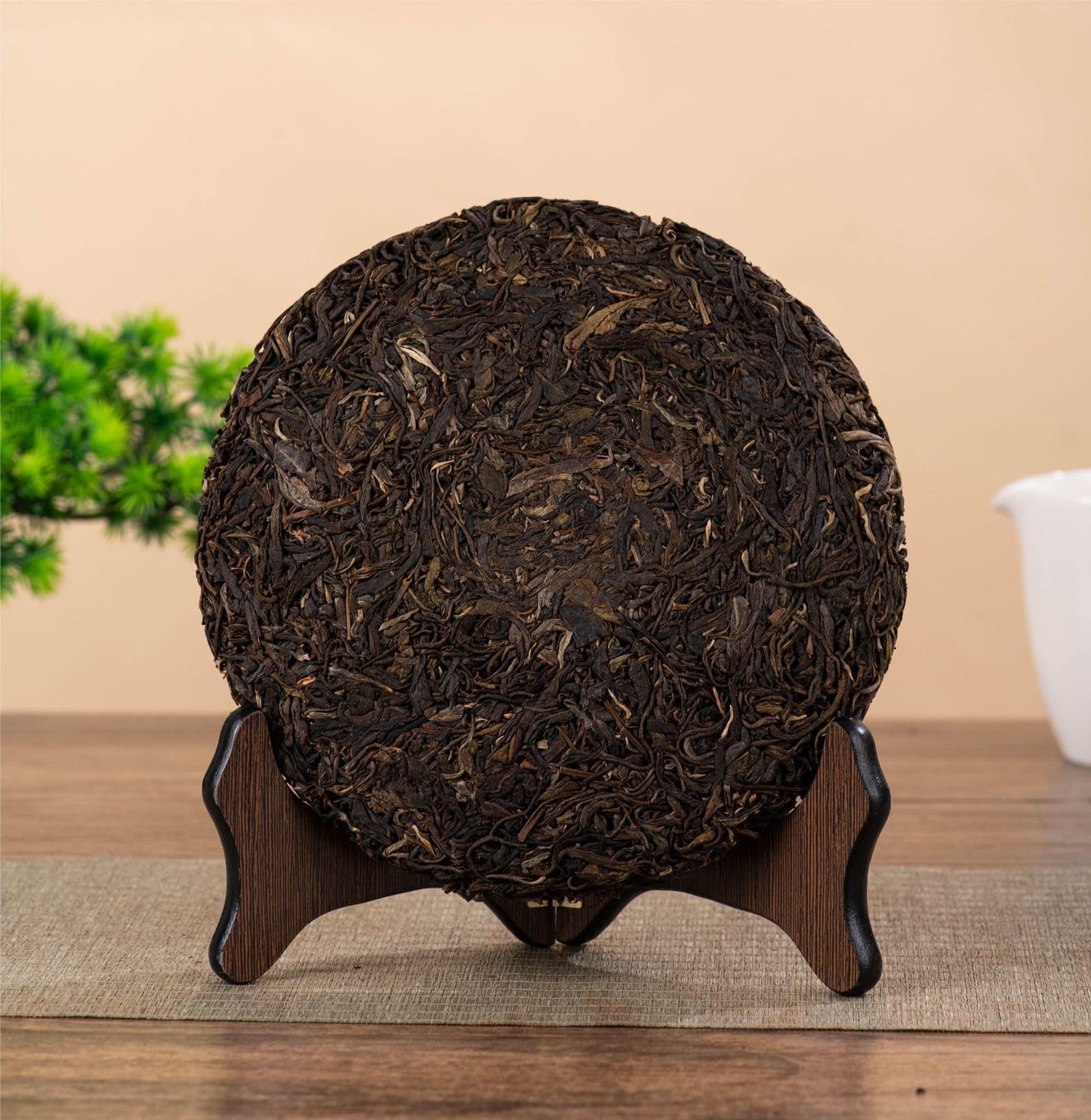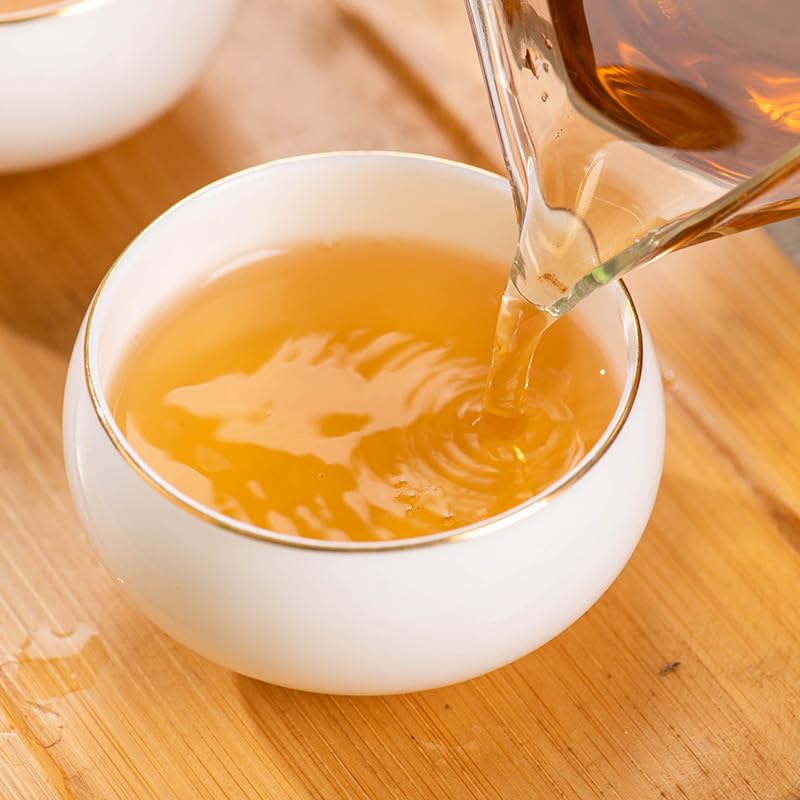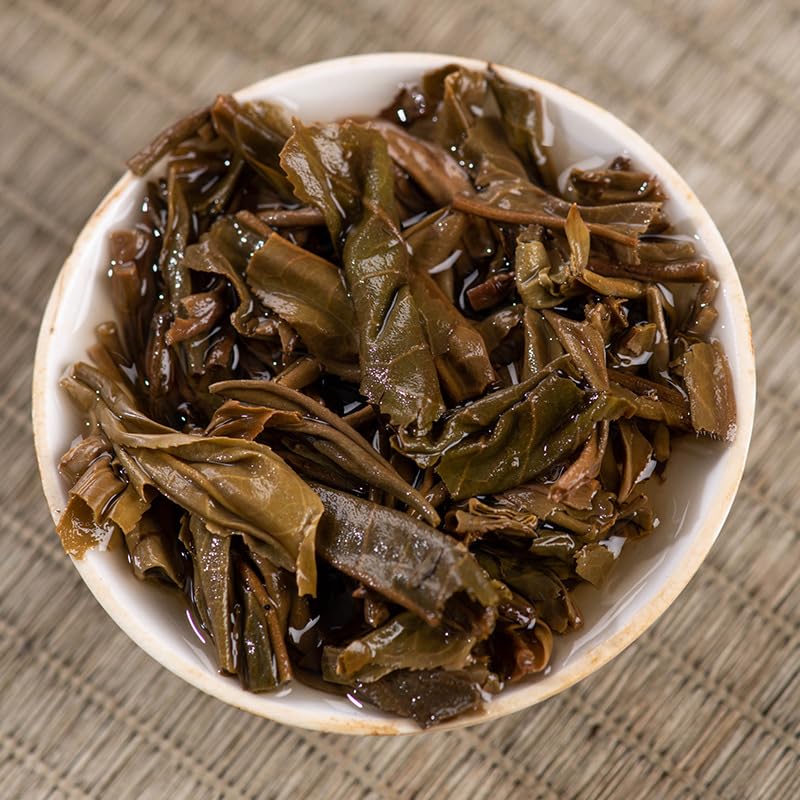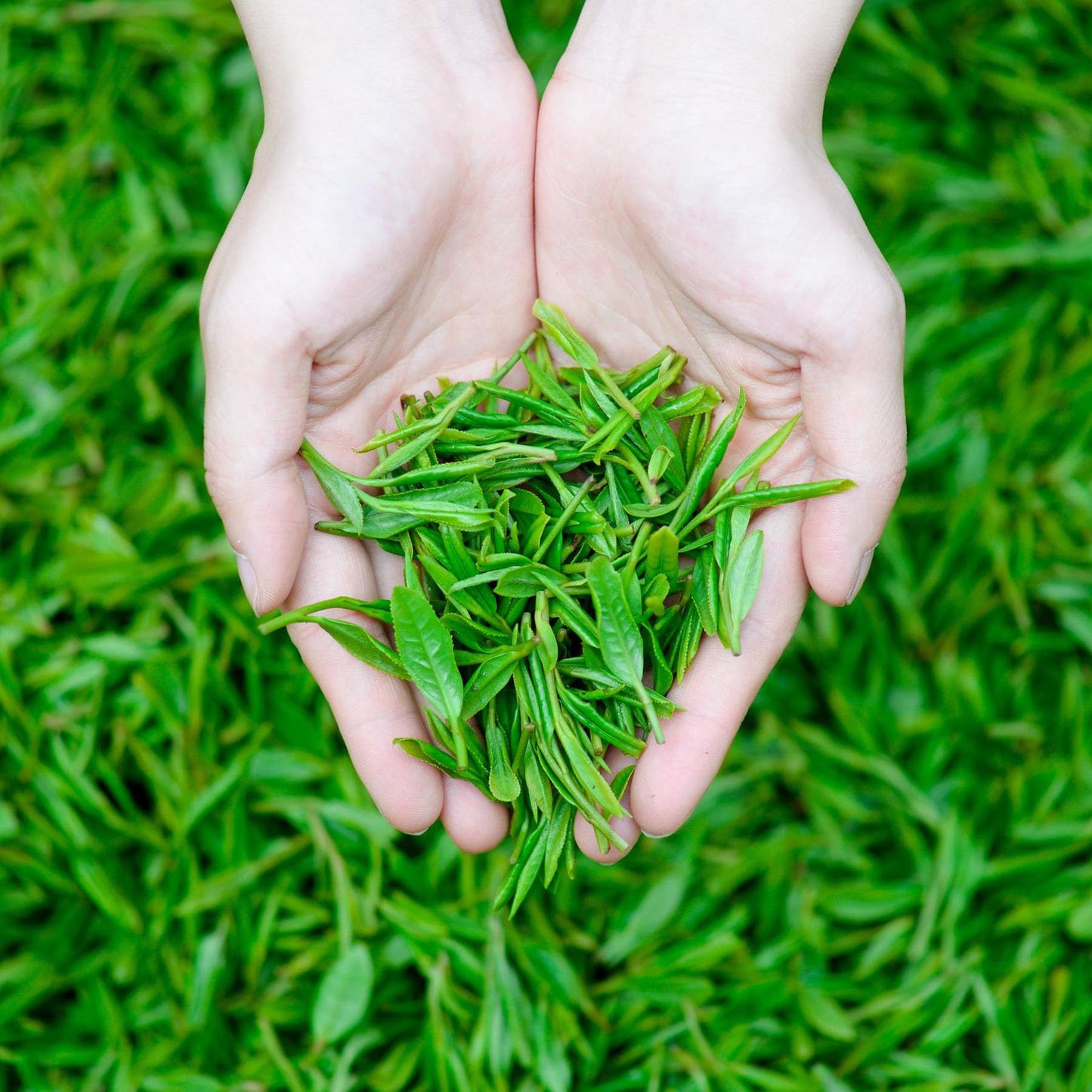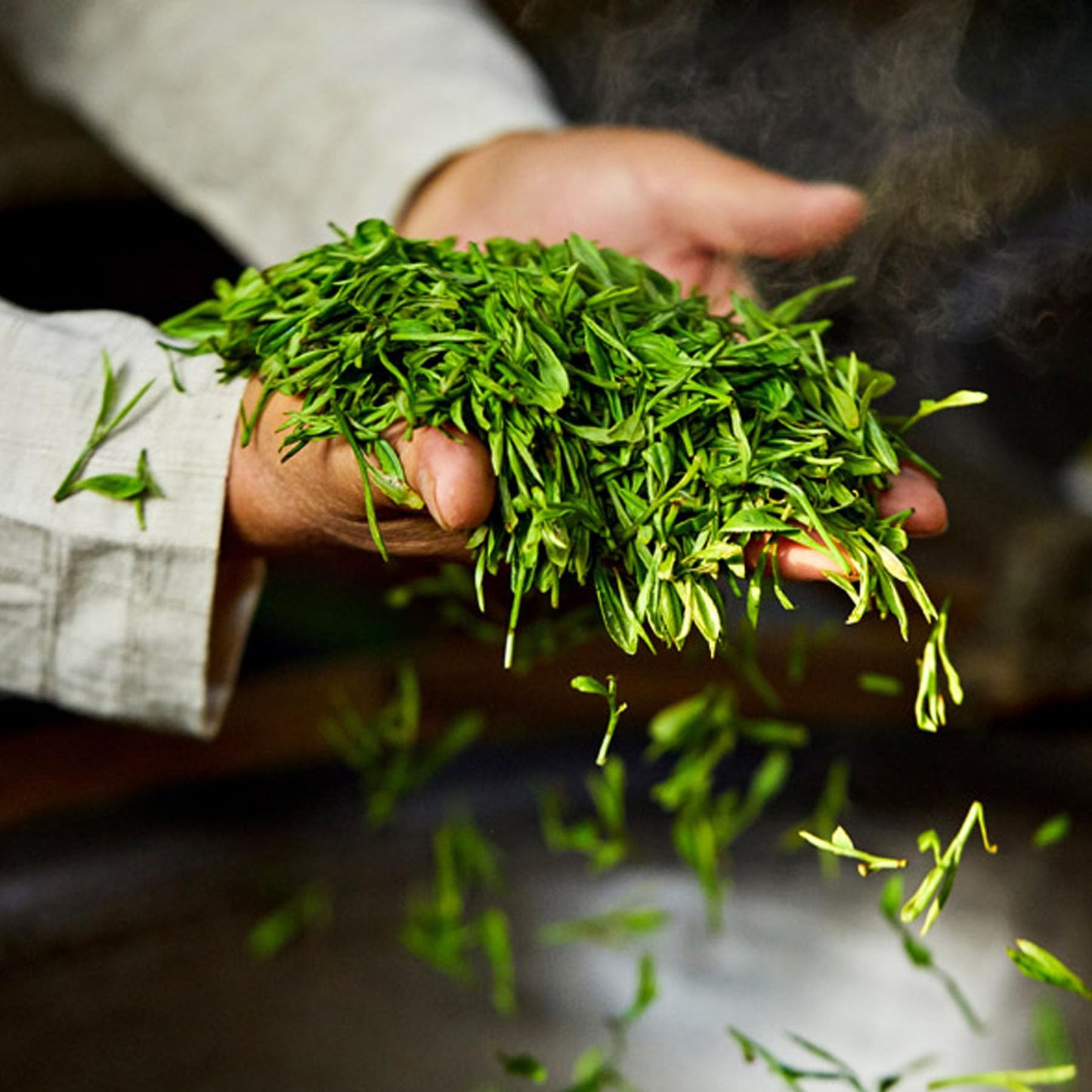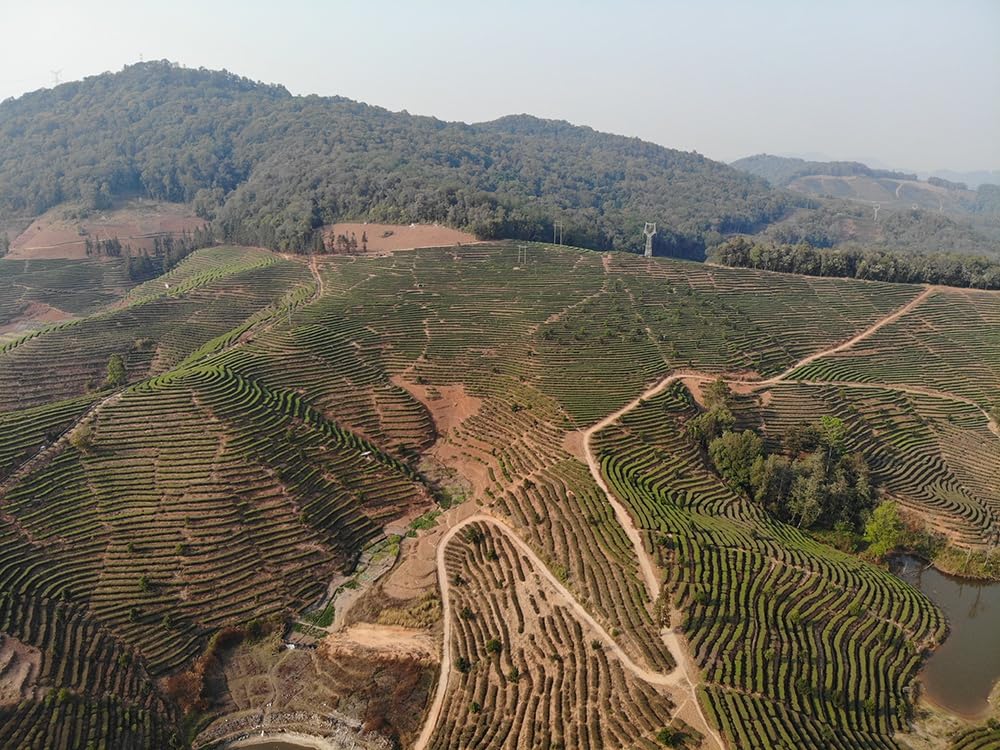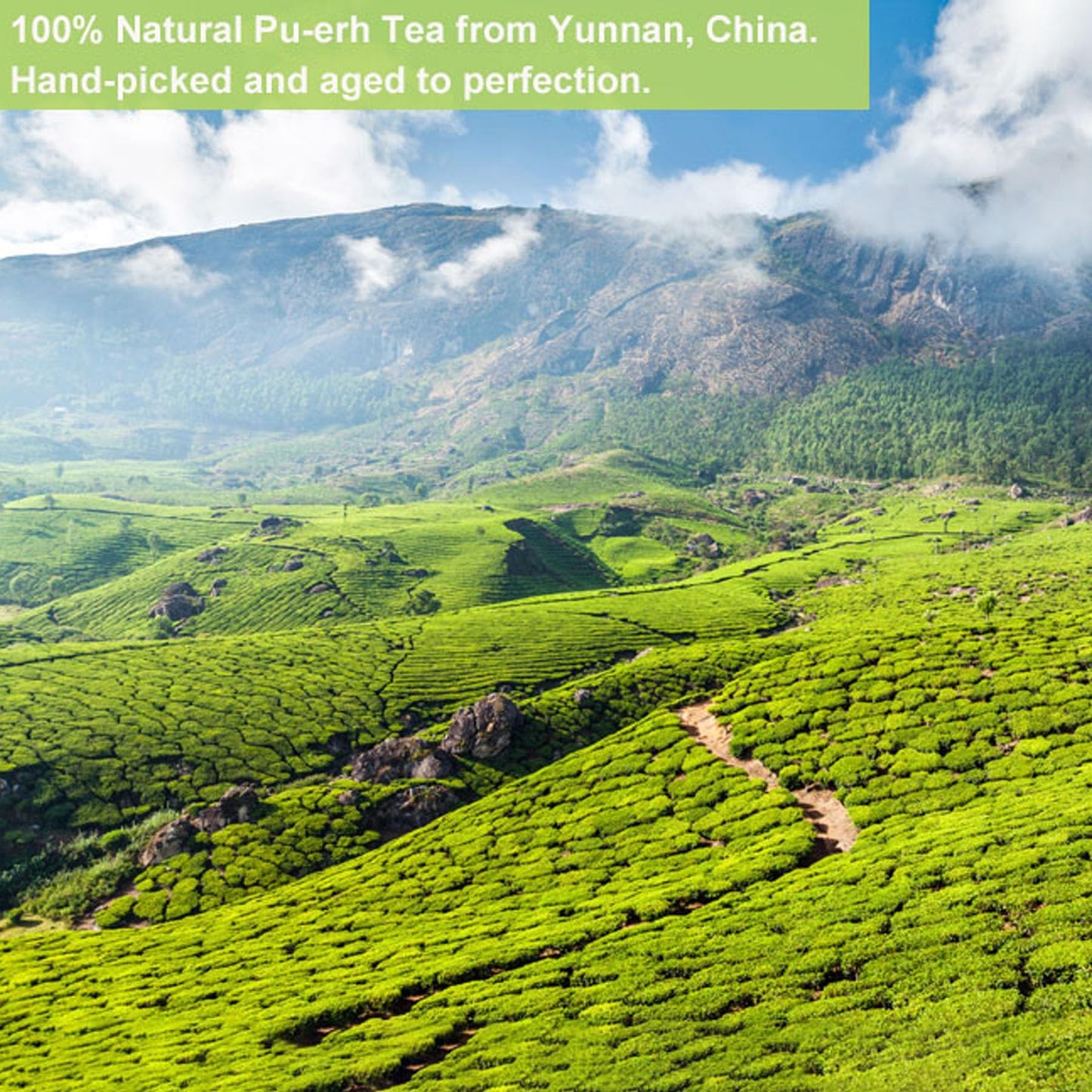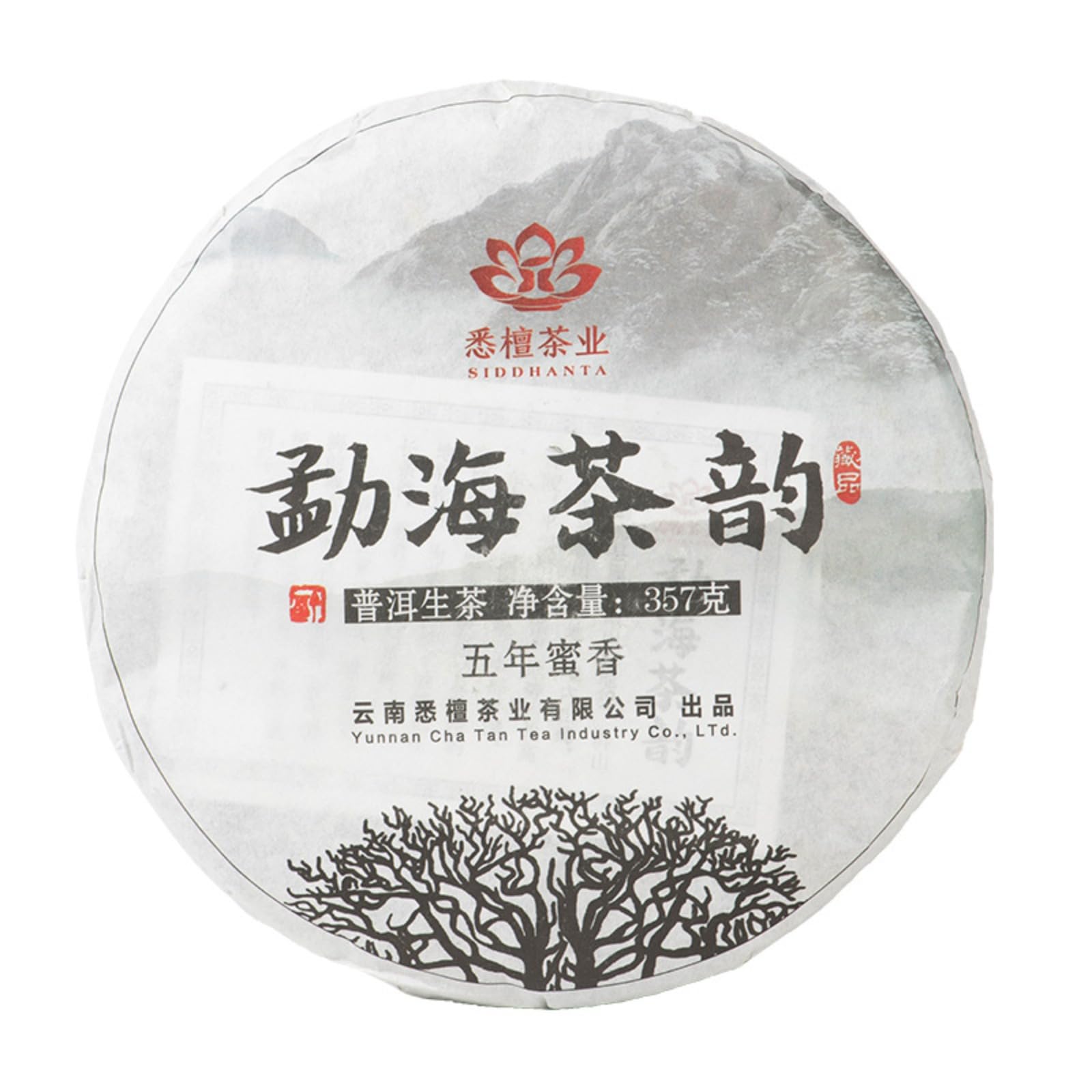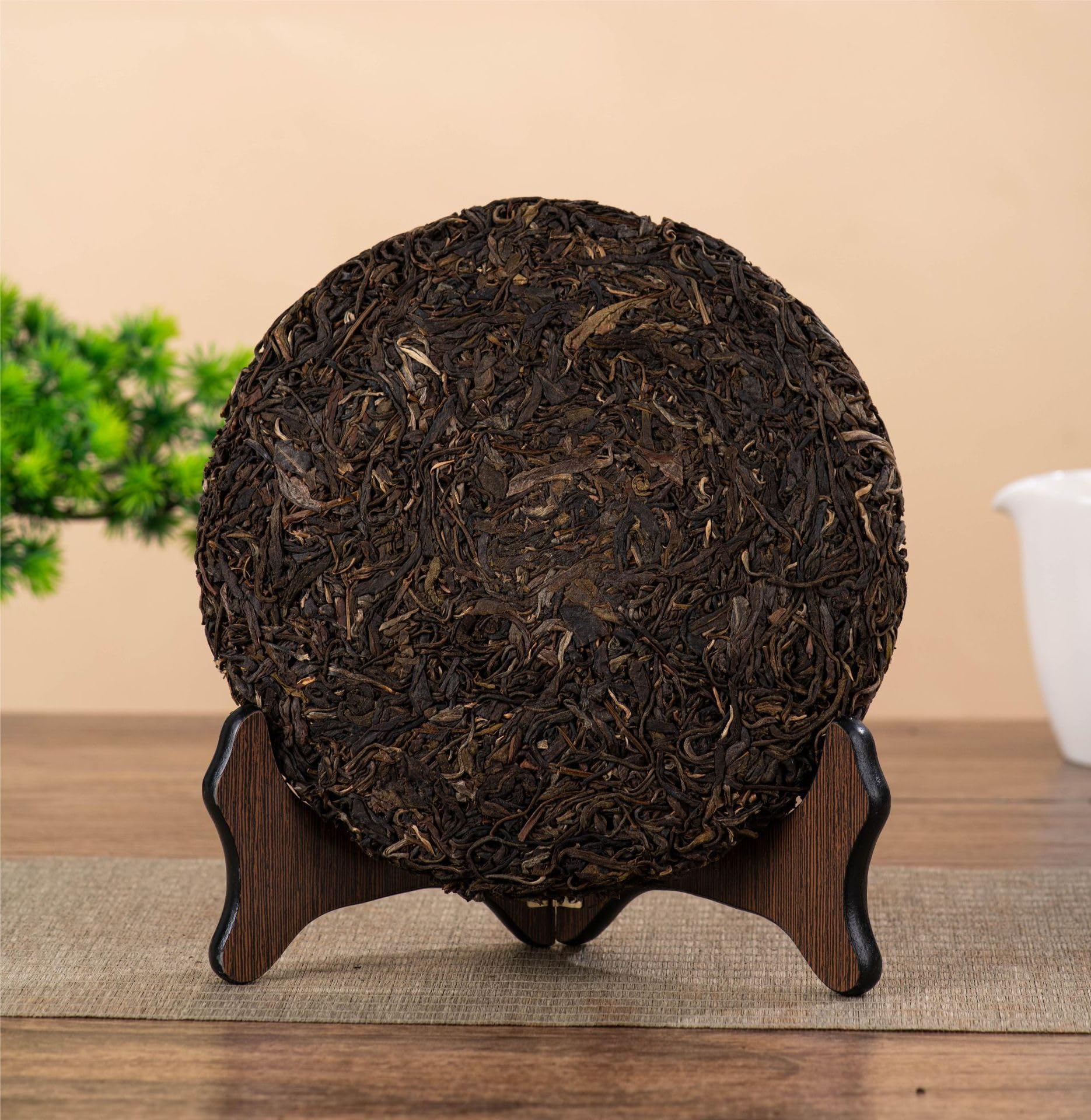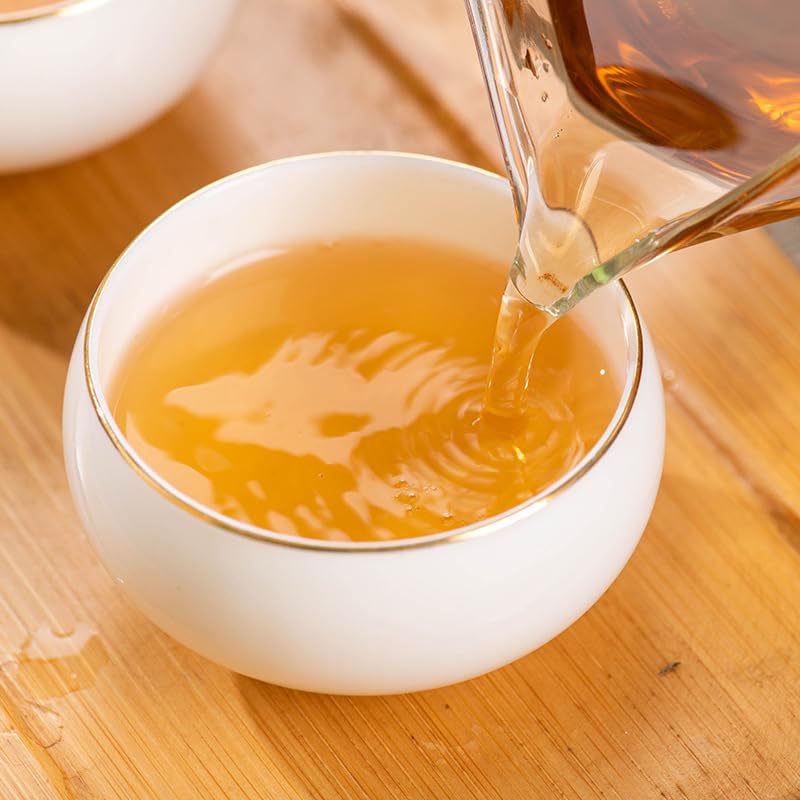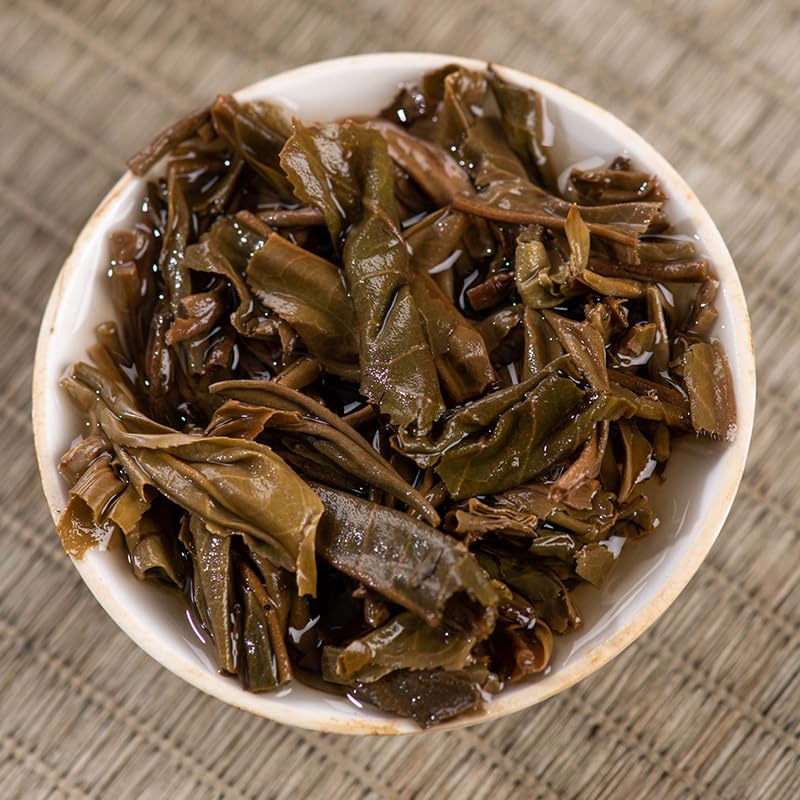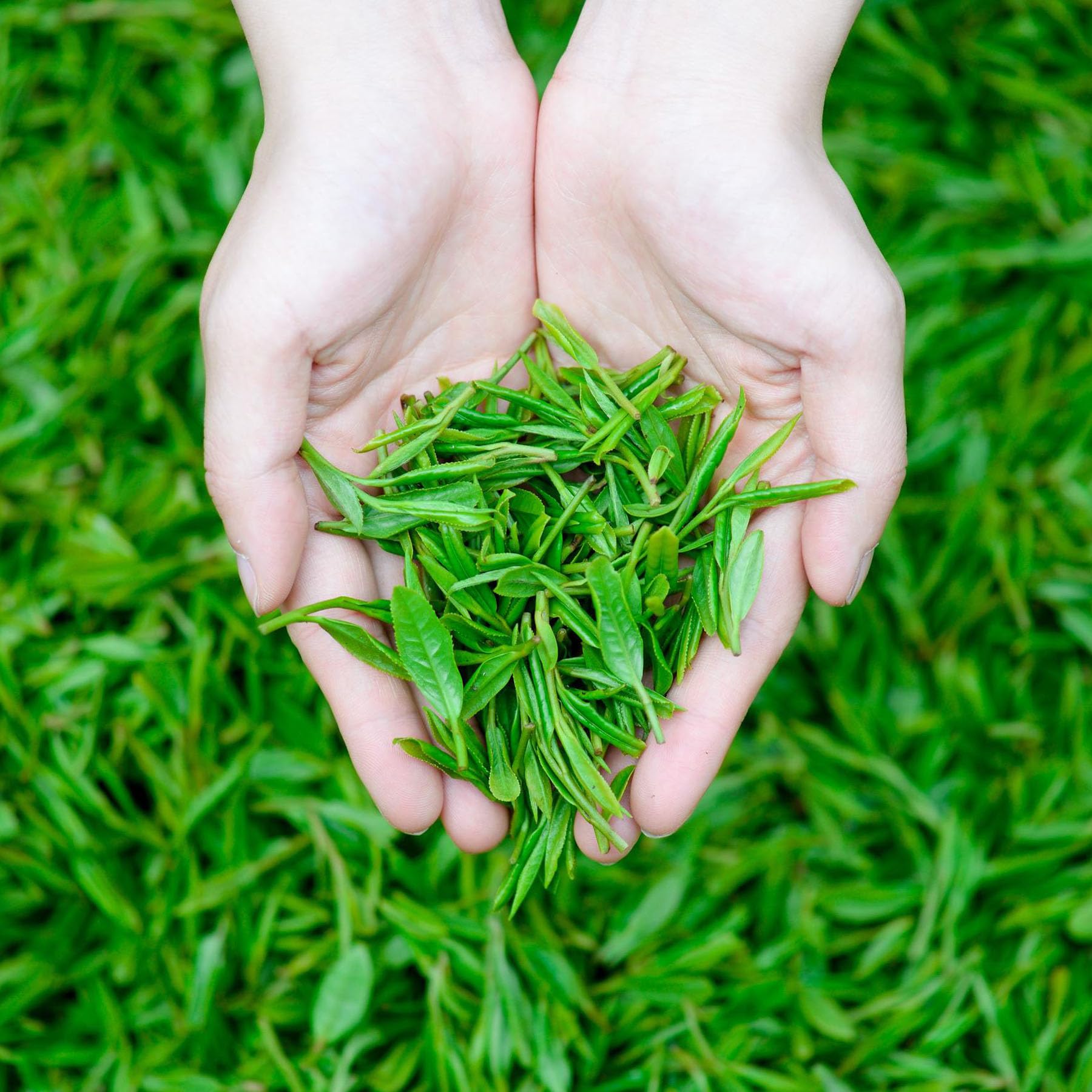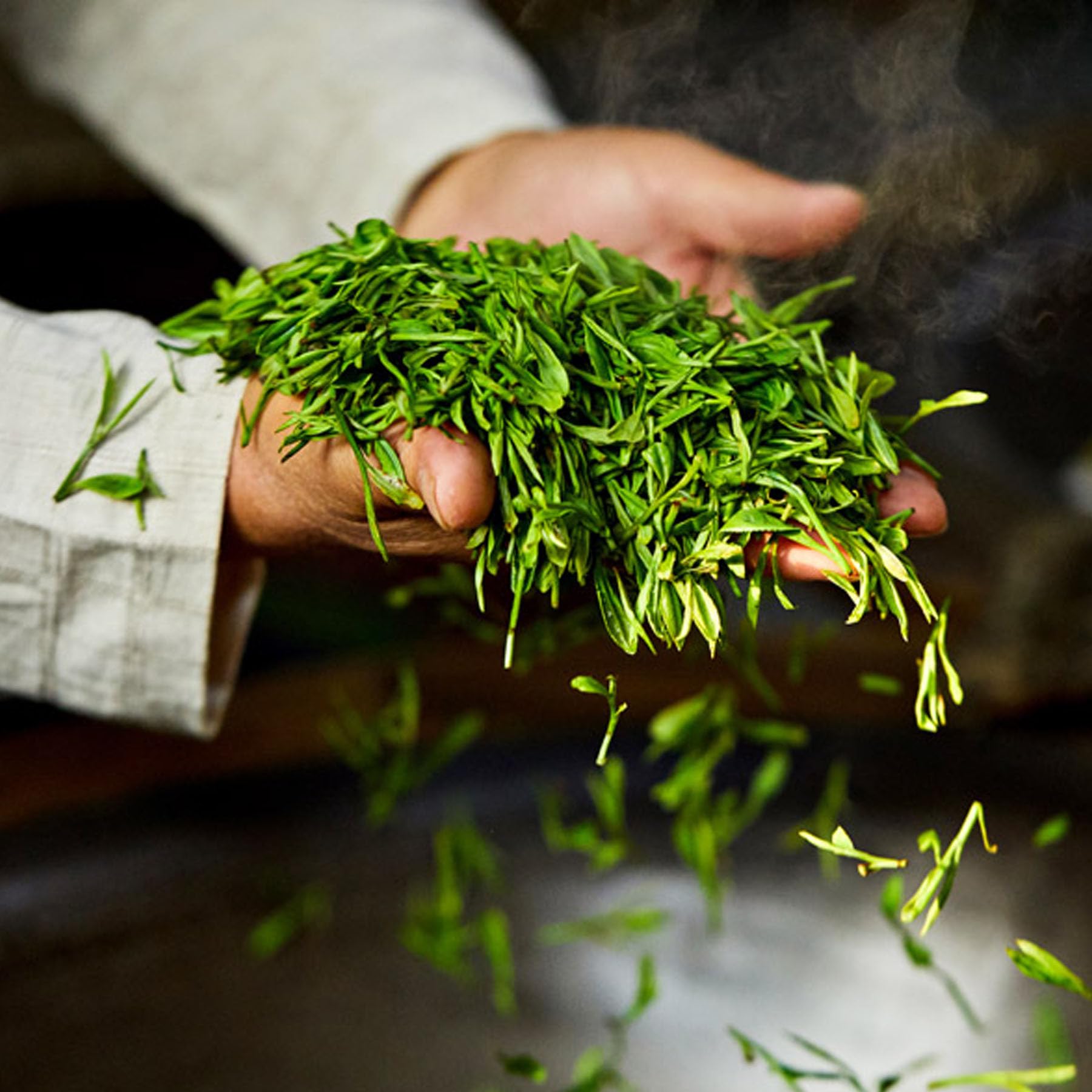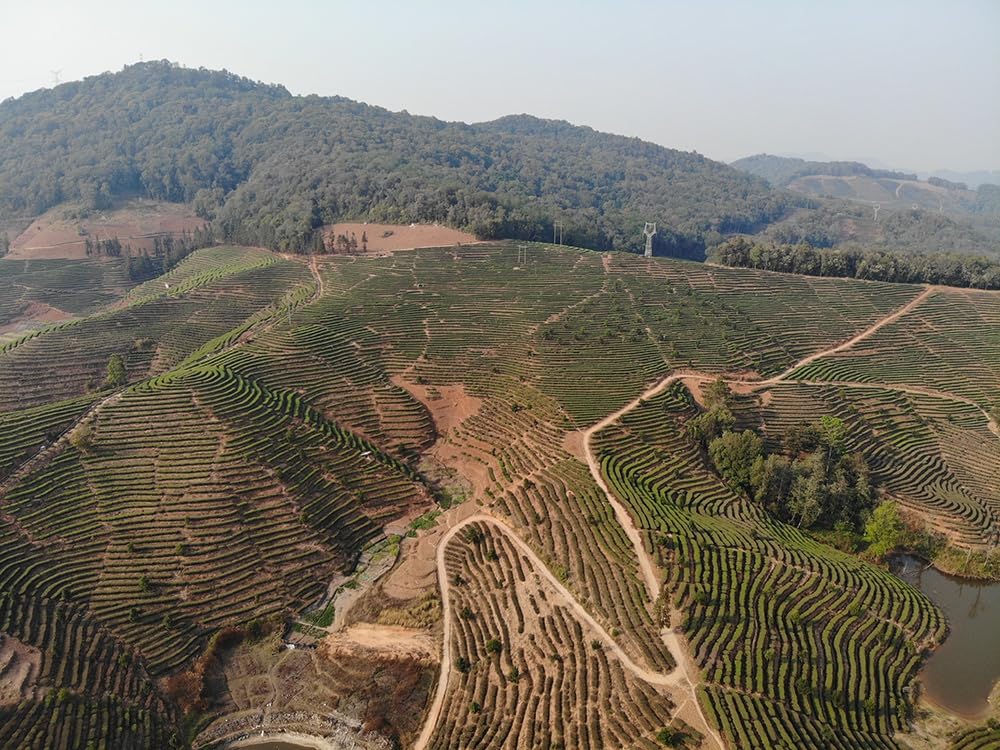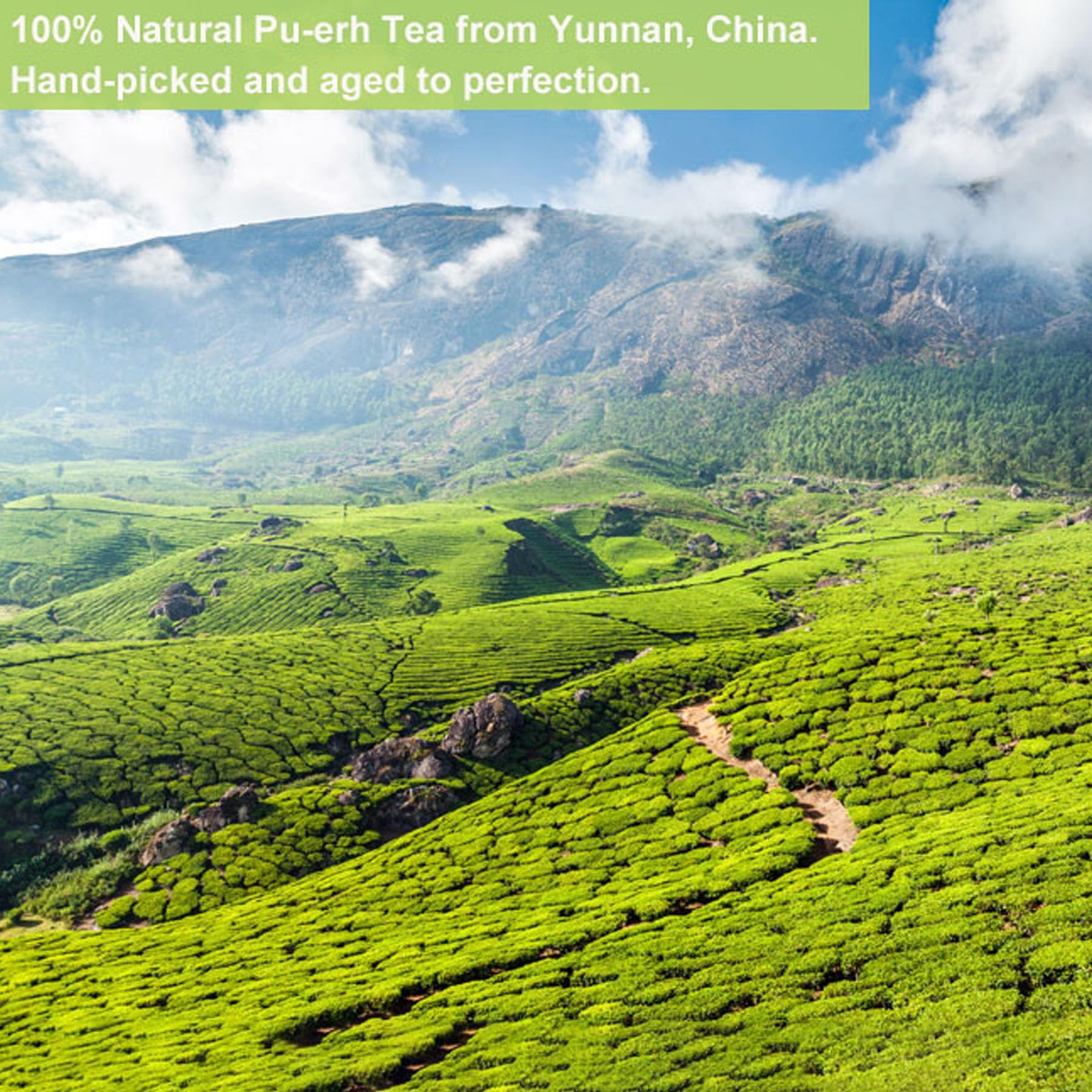1
/
of
8
YIDEYICO®
Yunnan Honey Fragrance Tea Rhythm Menghai Puerh Tea Aged Ancient Fragrance Raw Tea Cake 357g Deliciously Smooth Puerh Tea 云南 蜜香茶韵勐海普洱茶古香生茶茶饼357克
Yunnan Honey Fragrance Tea Rhythm Menghai Puerh Tea Aged Ancient Fragrance Raw Tea Cake 357g Deliciously Smooth Puerh Tea 云南 蜜香茶韵勐海普洱茶古香生茶茶饼357克
Regular price
$23.36 USD
Regular price
$0.00 USD
Sale price
$23.36 USD
Unit price
/
per
Couldn't load pickup availability
Product Name: Honey Fragrance Tea Rhythm Menghai Puerh Tea 蜜香茶韵勐海普洱茶
Product Category:Pu-erh Tea
Specification:357g
Warranty: In line with the storage environment. The more it ages, the more fragrant it is.
Storage Method:Dry and ventilated, no odor, avoid direct sunlight.
Brewing Method
The amount of tea: When brewing Puerh tea, the amount of tea has a close relationship with the tea drinking habits, brewing methods, and the personality of the tea leaves, which is full of variations.
In terms of Yunnan people's tea drinking habits, when the tea is brewed with normal quality, the ratio of the amount of tea thrown to the quality of water is generally 1:40 or 1:45 when using the "Kung Fu" method.
If the "Kung Fu" brewing method, the amount of tea can be increased appropriately, by controlling the brewing rhythm to regulate the concentration of tea soup. In terms of tea, the amount of tea can also vary. For example, the amount of ripe tea and aged tea can be increased appropriately, and the amount of raw tea and new tea can be reduced appropriately.
Brewing Pu-erh tea: Pu-erh tea needs to be brewed with hot water once, which is called "tea washing".



Chinese tea:
Chinese tea has a history of over 5,000 years, during which a series of unique tea culture have come into being, covering from tea plant cultivation and conservation, tea-leaf picking to processing and sampling tea. Tea-leaves are mainly produced in the southern area to the Yangtze River for mild climate and fertile ground there, such as the provinces of Zhejiang, Yunnan, Guizhou and Fujian. There produce an abundance of renowned tea varieties, e.g. Longjin, Wulong, Pu'er, Tieguangyin.
Product Category:Pu-erh Tea
Specification:357g
Warranty: In line with the storage environment. The more it ages, the more fragrant it is.
Storage Method:Dry and ventilated, no odor, avoid direct sunlight.
Brewing Method
The amount of tea: When brewing Puerh tea, the amount of tea has a close relationship with the tea drinking habits, brewing methods, and the personality of the tea leaves, which is full of variations.
In terms of Yunnan people's tea drinking habits, when the tea is brewed with normal quality, the ratio of the amount of tea thrown to the quality of water is generally 1:40 or 1:45 when using the "Kung Fu" method.
If the "Kung Fu" brewing method, the amount of tea can be increased appropriately, by controlling the brewing rhythm to regulate the concentration of tea soup. In terms of tea, the amount of tea can also vary. For example, the amount of ripe tea and aged tea can be increased appropriately, and the amount of raw tea and new tea can be reduced appropriately.
Brewing Pu-erh tea: Pu-erh tea needs to be brewed with hot water once, which is called "tea washing".



Chinese tea:
Chinese tea has a history of over 5,000 years, during which a series of unique tea culture have come into being, covering from tea plant cultivation and conservation, tea-leaf picking to processing and sampling tea. Tea-leaves are mainly produced in the southern area to the Yangtze River for mild climate and fertile ground there, such as the provinces of Zhejiang, Yunnan, Guizhou and Fujian. There produce an abundance of renowned tea varieties, e.g. Longjin, Wulong, Pu'er, Tieguangyin.
Share
